Carriers and platforms for the AIM-9X Sidewinder missile

General view of the AIM-9X missile. Photo by the US Department of Defense
For several decades in service with tactical aviation The Air Force, Navy and USMC consist of AIM-9 Sidewinder air-to-air missiles of various modifications. As the initial design developed, all the main characteristics grew and combat capabilities expanded. One of the results of this process was the compatibility of the rocket with a wider range of platforms. The latest modification of the AIM-9X product can be used not only by aircraft, but also by other carriers, incl. ground.
Contemporary History
The development of the next version of the Sidewinder missile, which received the AIM-9X index, started in the mid-nineties. The competitive stage of the program was won by Hughes Electronics, and in 1996 she was instructed to create a full-fledged project. However, soon the corresponding Hughes division became part of Raytheon, which also applied for the contract.
Design work, testing and design development continued for several years. In 2003, Raytheon mastered mass production, and the first missiles of the new modification began to enter the arsenals of the Air Force and Navy. The first combat carriers of the AIM-9X were the F-15C and F / A-18C / D fighters, respectively.
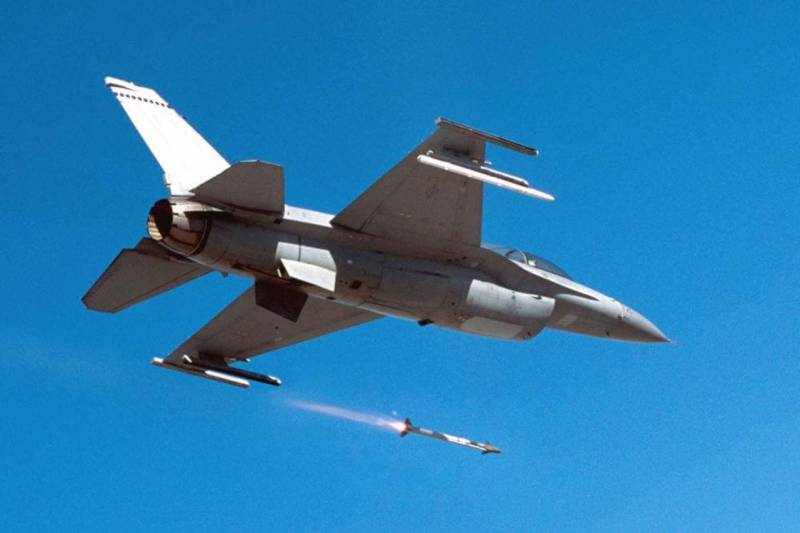
Tests of the AIM-9X missile on the F-16 fighter. Raytheon Photos
In 2008, the modernization of the missile began, designated as AIM-9X Block II. Its goal was the next increase in performance, the introduction of new technologies and capabilities, as well as the full integration of the latest 5th generation fighters into the armament complex. The tests were planned to be completed in the first half of the tenth years, but due to a number of various problems, these activities were seriously delayed.
Without waiting for the completion of work on Block-2, in 2012 the Pentagon ordered the creation of the AIM-9X Block III missile. It was necessary to increase the launch range, increase noise immunity, and also optimize various structural elements. The launch of mass production was planned in the early twenties. The necessary measures are now being taken, however, the progress of the Block III project is negatively affected by the problems of the previous development.
Technical features
Externally, the AIM-9X rocket is practically no different from previous products of the Sidewinder series. The rocket is built in an elongated cylindrical body and is made according to the "duck" scheme. The head part contains an infrared homing head and control devices. A warhead is placed behind them, and in the tail is a solid-propellant engine with a movable nozzle and a stabilizer. Product length - approx. 3 m, diameter 127 mm, span of planes 280 mm. Weight - approx. 85 kg.
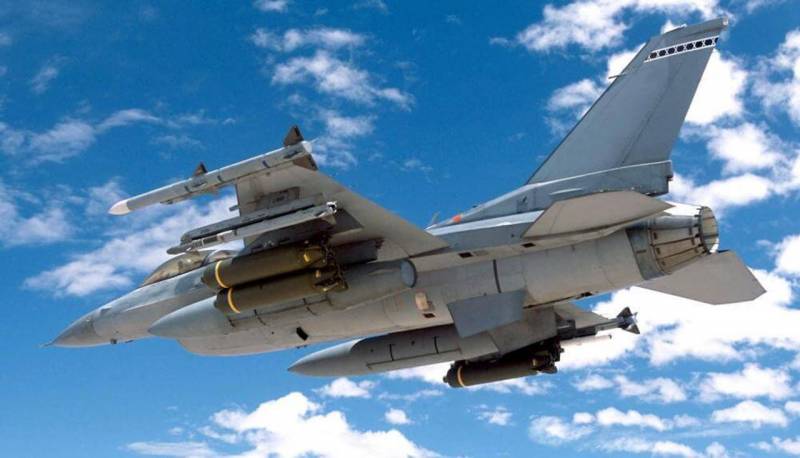
Sidewinder as part of a mixed ammunition load for the F-16. Raytheon Photos
AIM-9X has a matrix-type IR seeker capable of forming a thermal image of the target and featuring increased noise immunity. The design of the head has its own means of cooling. The GOS can interact with the pilot's helmet-mounted target designation system. For flight control, both rudders and a new deflectable nozzle are used. The high-explosive fragmentation warhead was borrowed from the previous Sidewinders.
In the AIM-9X Block II project, it was planned to improve the existing design and improve the main characteristics. It was also required to provide the ability to capture the target after launch. In the Block III project, some of the key components of the rocket were replaced, incl. engine. Due to this, the launch range reached 35 km.
Fighter weapons
The first carriers of the AIM-9X missile were the F-15C and F / A-18C / D fighters. In the future, the ability to carry and apply such weapon received all the main fighters of the US Air Force, Navy and ILC - both other modifications of the F-15 and F / A-18, and other types. In particular, the latest generation of fighters received the new missile.
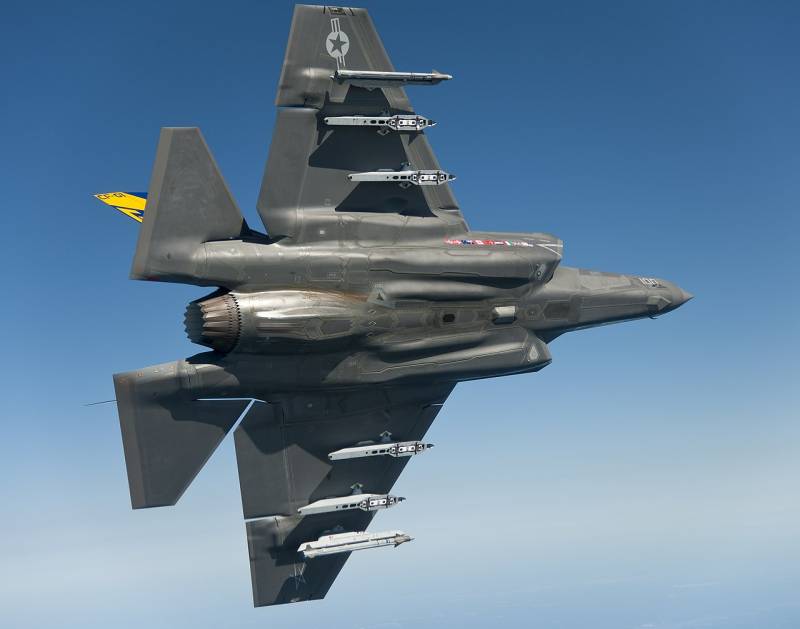
F-35 with AIM-9X missiles on an external sling. Photo by the US Department of Defense
Like other air-to-air missiles, the AIM-9X is used with standard beam carriers carrying a single item. At the same time, new types of holders, unlike the old ones, are devoid of built-in means for supplying compressed gas for cooling the HOS. The number of holders under the wing and fuselage depends on the type of aircraft and its dimensions.
In the case of the F-22A and F-35A / B / C fighters, AIM-9X missiles can be suspended on removable external pylons and in internal cargo compartments. In the latter case, the launch principle changes - the missiles are pushed out of the compartment by a special device. In addition, for such an application, it is necessary to have the function of locking the target after being dropped from the carrier.
Unmanned platform
A modern air-to-air missile can also be considered as a weapon for unmanned aerial vehicles. As far as is known, experiments of this kind with the use of AIM-9X missiles have been carried out since 2017. The first unmanned carrier of the new missile was the reconnaissance and strike UAV MQ-9 Reaper.
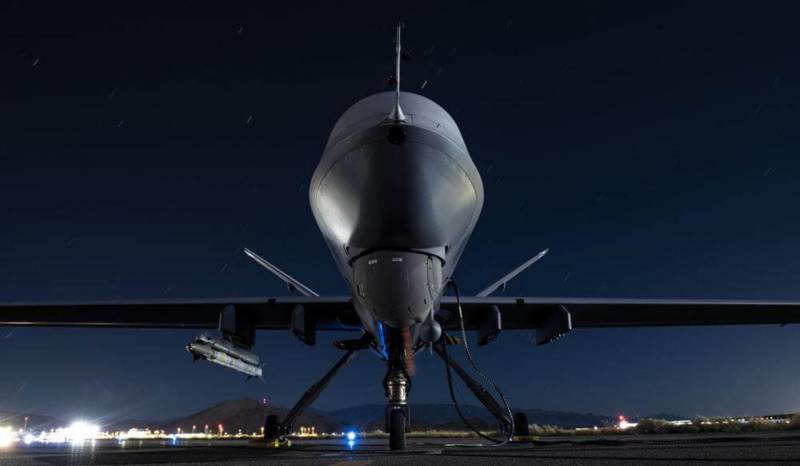
UAV MQ-9 with air-to-air missile. Raytheon Photos
"Reaper" has six suspension points with different carrying capacities. The characteristics of the inner and central pairs of pylons allow the installation of beam holders for Sidewinder missiles. At the same time, AIM-9X were considered as a means of self-defense, and their use should not interfere with the use of strike weapons.
During the tests, the MQ-9 UAV used guided missiles to attack training targets that simulated aircraft and cruise missiles. The tests were generally successful. However, as far as is known, such capabilities are not used in practice, and Reaper vehicles still carry only air-to-ground missiles.
In an anti-aircraft role
The US defense industry has a successful record of transferring aircraft missiles to ground carriers. In the tenth years, similar experiments began with the new AIM-9X rocket. These projects encountered some difficulties, but generally lived up to expectations.
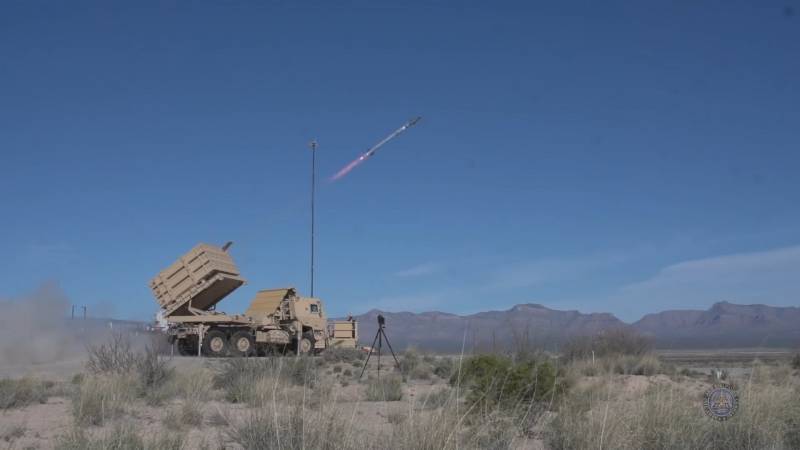
AIM-9X tests with MML launcher. Photo by the US Department of Defense
So, in 2016, an experimental anti-aircraft missile system based on the Multi-Mission Launcher and the latest version of Sidewinder was submitted for testing. The first checks ended in failure, but in the future it was possible to get rid of the main part of the problems. Since 2021, the project has moved into the stage of developing a full-fledged near-field air defense air defense system capable of fighting manned and unmanned aircraft, as well as missiles.
In 2019, the American company Raytheon, together with the Norwegian Kongsberg, began testing an upgraded version of the NASAMS air defense system. The complex received new controls, as well as a universal transport and launch container capable of carrying the AIM-9X Block II missile. Testing and development of the complex continues, but there are already contracts for its supply to third countries.
Questions of universality
Since its inception, the AIM-9 Sidewinder air-to-air missile has repeatedly undergone various upgrades. Projects of this kind included the introduction of new components and solutions, an increase in performance characteristics, etc. At the same time, only fighter planes were considered as a rocket carrier for a long time.
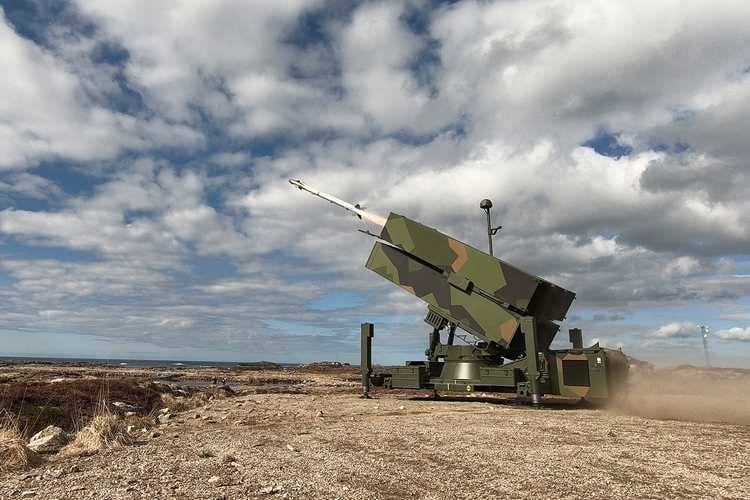
Test launch of AIM-9X by the NASAMS complex. Kongsberg Photos
The appearance of the next modification of the AIM-9X with a number of important innovations made it possible to expand the list of potential carriers. The possibility of using these weapons on UAVs and even as part of ground complexes was studied. Such projects have successfully reached, at least, to the test.
Thus, AIM-9X can now be considered not an aircraft missile, but a universal "interspecies" weapon. However, this potential of modern modernization projects has not yet been fully used. "Sidewinder" was only tested on UAVs and as part of air defense systems, while in practice these capabilities are not yet used, and it is unclear whether the situation will change in the future. Perhaps all the unusual experiences of the past will not be developed in the end, and the AIM-9X will be a universal rocket only in theory.
Information